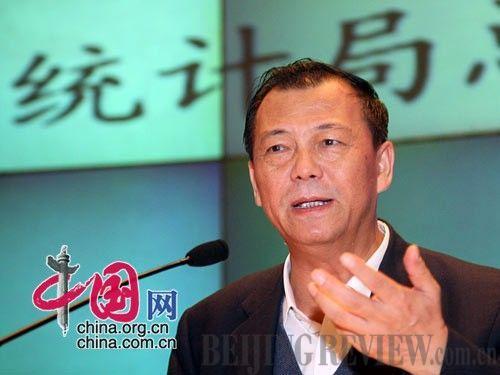|
 |
|
Yao Jingyuan, chief economist of the National Bureau of Statistics |
The Fifth Plenum of the 17th CPC Central Committee, held in October, included discussions regarding the transformation of China's economic development pattern. Changes to China's economic development are a significant part of the 12th Five-Year Program; analysts believe that this shows how urgently the reforms are needed.
"The biggest problem for the Chinese economy is not increasing its speed, but improving its quality," said Yao Jingyuan, chief economist of the National Bureau of Statistics. Since China started its program of reforming and opening up over three decades ago, the average annual growth of China's economy has hovered around 9.8 percent. Despite the impact of the global financial crisis, Chinese economy still grew by a staggering 9.1 percent in 2009.
The rapid growth of the Chinese economy is largely attributable to the development of its labor-intensive and energy-intensive industries. Faults in this growth model have become more apparent in recent years, with its momentum finally starting to show signs of waning. The transformation of China's economic development pattern is urgently needed to make the country's economic growth sustainable.
"The pursuit of faster growth must be put aside in order to realize economic transformation. I believe it is acceptable to lower the GDP growth rate to 8 percent so that we can focus on the optimization of industrial structure," said Yao.
Although efforts to China's economic infrastructure have been occurring for many years, there have been few obvious results. Yao believes that in order to make significant progress in 2011, officials must take charge and renew their efforts to reshape China's economy. In addition, China's largest companies must be encouraged to take part in the reforms; Yao believes that the Chinese Government should help these companies to retain their high profits while changing their production methods. | 